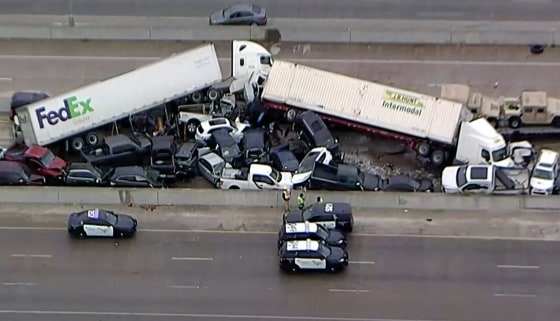Playing It Safe With The Scene Size Up
Published .

If a house was on fire, would you still go inside the house?
When a patient calls 911 and summons the ambulance crew to their home, a set of things are usually set in motion. The fire department and possibly the police are responding the the scene as well, who are sometimes needed to ensure the scene is safe from the possibility of violent crime. EMS is not required to put themselves in harm’s way. If the scene isn’t safe (or relatively safe), the EMS crew has no obligation to even get out of the ambulance.

The scene size up answers the question, “Should I even get out of the ambulance?”
The ambulance crew has no obligation to enter an unsafe situation. If the ambulance crew arrives on scene, and the scene suddenly becomes unsafe, the EMS crew should feel free to leave until the situation changes. So what types of hazards potentially await the EMS crew?
- Environmental – Sometimes EMS will be dispatched to a person with difficulty breathing and find multiple parties with shortness of breath. What is the EMS crew to think about multiple patients with the same complaint? They should think of an environmental concern. In this case it could be carbon monoxide gas or something even more toxic. Weather extremes can create hazards for EMS or the patient. Unstable conditions leading to secondary collapse and falls create dangers for EMS after they have arrived on the scene.
- Hazardous materials – Hazardous materials are transported up and down the road in trucks and find their way into homes and everywhere in between. The ambulance crew needs to recognize the presence of a hazardous material when they see one. Hazardous materials can be chemical or biological. Ultimately, the fire department will be ones to decontaminate the patient, but EMS needs to be able to recognize a hazardous materials incident when they see one.
- Violence – All humans have the potential for violence. Sometimes EMS is summoned to the scene where an act of violence has occurred. The presence of an ambulance crew is unlikely to deter any further violence; and future violence can be directed towards the medics. Ensuring that EMS is on scene and in control of the situation prior to arrival of the ambulance makes sense to everyone.
- Rescue – Sometimes EMS is responding to motor vehicle accidents. Motor vehicle accidents bring the possibility of patient entrapment; they also bring the possibility of gas spills, spontaneous combustion, unstable vehicles, and getting struck by cars driving through the accident scene. For this reason, the fire department typically arrives with EMS to ensure all of those hazards are controlled and the patient is extricated.
EMS more looks for not obviously unsafe
Figuring out what is safe and unsafe can turn into a complicated subject in a short period of time. EMS should avoid situations that are obviously unsafe and be ready to leave the scene when things become unsafe. If the scene is not obviously unsafe, then establish patient contact perform the primary survey. If the scene is unsafe, and the crew can’t fix the problem, the crew should immediately leave and request the specialized resources to make the scene safe.

Address the problems by requesting additional resources
After ensuring the scene is safe for the EMS crew, the safety of the patient becomes the next priority. If the EMS crew cannot alleviate the conditions that represent a health or safety threat to the patient, then it’s time to move to a safer location. Bystanders are also at risk for injury. Protect the bystanders by minimizing conditions that represent a hazard. If the EMS crew can’t minimize the hazards for the bystanders, then try to move the bystanders to a safer location. Ambulance crews must specify what resources they need. Multiple patients will require multiple ambulances. Fire or rescue hazards will require the fire department. Traffic or violence requires the police.

Sometimes the EMS call requires something special, like a hazardous materials team to mitigate a really hazardous material that require chemical or biological. These are specialized teams of rescuers that must be specifically called upon. These specialty teams don’t show up to all HAZMAT incidents, only the really bad ones. How great would it be if the EMS crew actually knew what to look for and then call the proper response? Lifesaving measures abound just in knowing what it will take to mitigate the call to completion. Other scenarios that could benefit from expert assessment of a scene is determining if a car accident will require an extrication team or not. Believe it or not, not every fire truck carries the equipment or personnel required to cut someone out of a car. Is the patietn trapped in the middle of a fast running creek or stuck on the edge of a cliff? High angle rescues always require a specialty team. The same clock ticks for everyone in public safety, the sooner these resources are identified and requested results in tremendous life saving potential being harness for the benefit of the patient.
